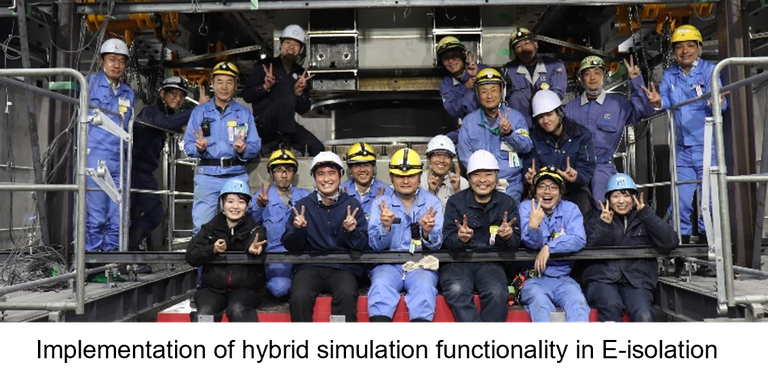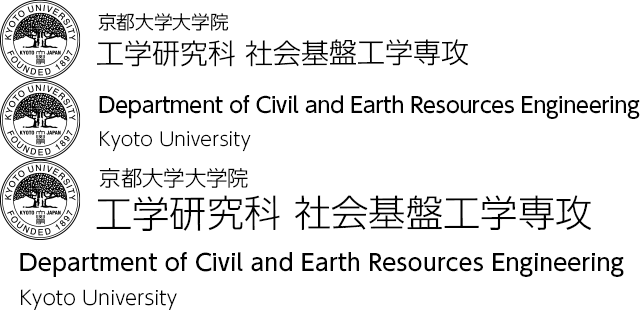Structural Dynamics
The research topics of Structural Dynamics group are centered around various engineering issues related to structural dynamics, earthquake engineering, and design of structural systems for large-scale infrastructures. The area of interest also covers the application of the state-of-the-art dynamic response modification devices, sophisticated high performance structures.
Academic Staff
Yoshikazu TAKAHASHI
Professor (Graduate School of Engineering)
Research Topics
Contacts
Room 140, Bldg. C1, Katsura Campus
TEL: +81-75-383-3247
FAX: +81-75-383-3243
E-mail: takahashi.yoshikazu.4v kyoto-u.ac.jp
kyoto-u.ac.jp
Keita UEMURA
Assistant Professor (Graduate School of Engineering)
Research Topics
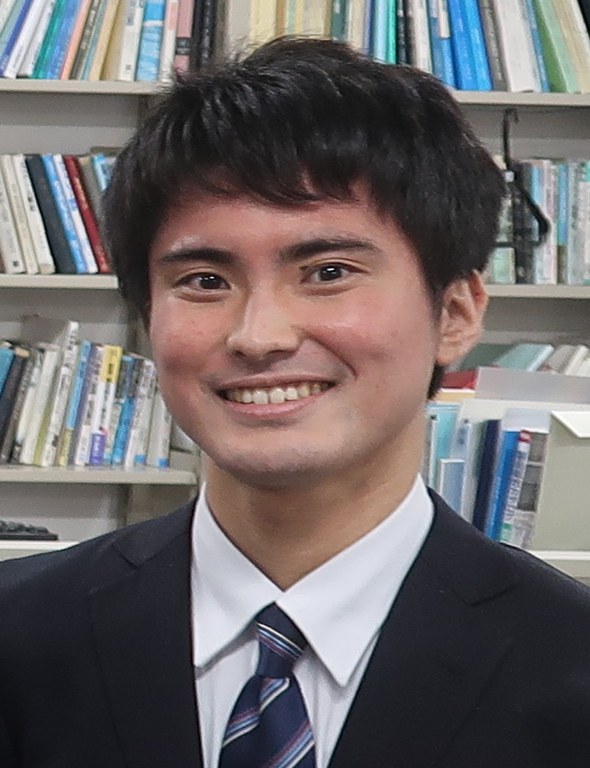
To cope with unexpected large earthquakes, I seek to develop new structural technologies and establish of design methods especially for concrete structures. I evaluate the performance of the new structural technologies by structural experiment and elucidate the mechanism of the structural behavior by numerical analysis using the finite element method.
Contacts
Room 139, Bldg. C1, Katsura Campus
TEL: +81-75-383-3246
FAX: +81-75-383-3243
E-mail: uemura.keita.3n kyoto-u.ac.jp
kyoto-u.ac.jp
Research Topics
Seismic Performance of Infrastructures
Current engineers aim to design structures to fail in a predictable and controlled manner in the event of a severe earthquake. In our laboratory, new seismic structural concepts are being developed from a dynamics perspective, including “dull structures” that behave less sensitively to changes in seismic motion characteristics, and “metabolic structures” that can adapt their performance in response to societal changes.
Since the 1995 Kobe Earthquake, laminated rubber bearings have been actively adopted in bridge construction and seismic retrofitting. However, damage involving the rupture of laminated rubber bearings was observed during the Tohoku Earthquake and the 2016 Kumamoto Earthquake. In current seismic design of bridges, isolation bearings often play a key role in seismic performance of bridges, and our efforts are underway to evaluate and develop the performance of bridge bearing structures.
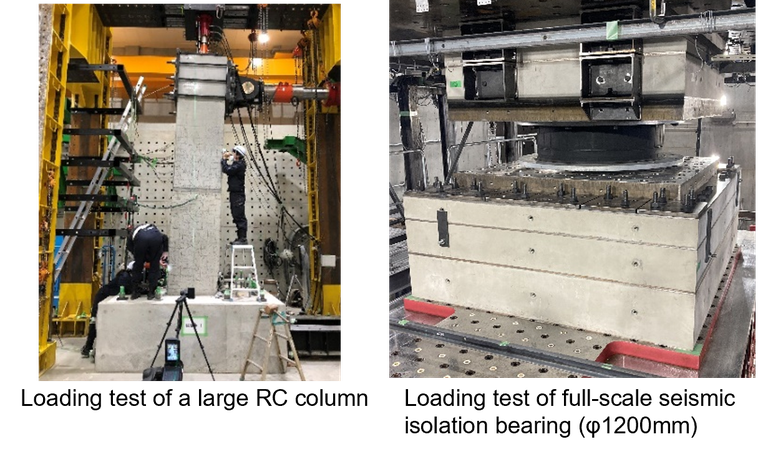
Damage Prediction of Infrastructures
To accurately evaluate seismic response of concrete structures through numerical means, it is essential to correctly model propagation of cracks in concrete and deformation characteristics of the structure. We have developed a numerical program utilizing Extended Finite Element Method (X-FEM), capable of simulating discontinuities in structural deformations. This program is currently being used to simulate the seismic response and crack propagation in concrete structures.
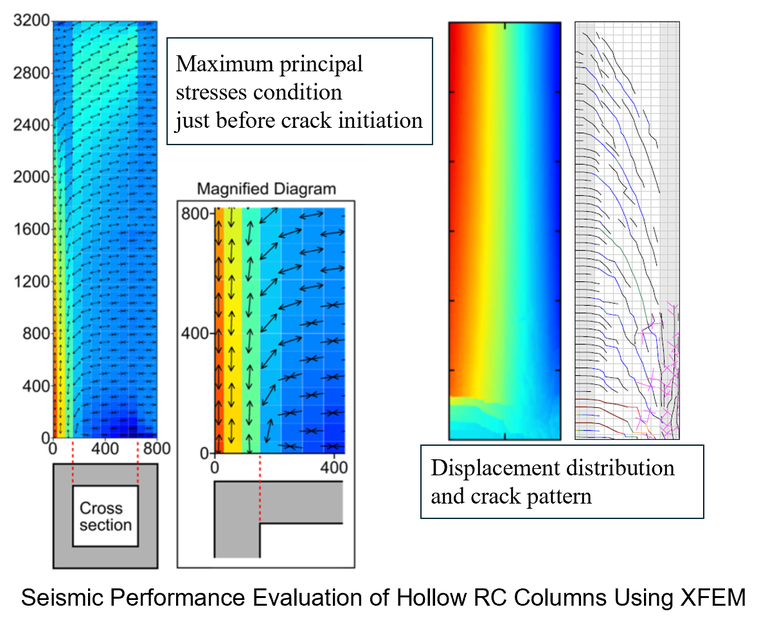
Hybrid Simulation for Large Infrastructures
Experiments of the entire structure on a real scale is im-practical to the large scale of infrastructures. Hybrid simulation is an effective method to understand the dynamic response of large-scale infrastructure. In hybrid simulation, loading tests are conducted on structural elements that are difficult to model, while numerical simulations are conducted on other parts simultaneously. We are developing a multi-scale hybrid seismic response system (OpenFresco) that enables hybrid simulations to be per-formed among geographically dispersed facilities. We are also evaluating the performance of velocity-dependent structural components using a hybrid simulation method (real-time hybrid simulation) while maintaining real-time operation. The hybrid simulation functionality developed by this laboratory are also implemented in E-isolation, Japan's first full-scale seismic isolation test facility con-structed in 2023.
